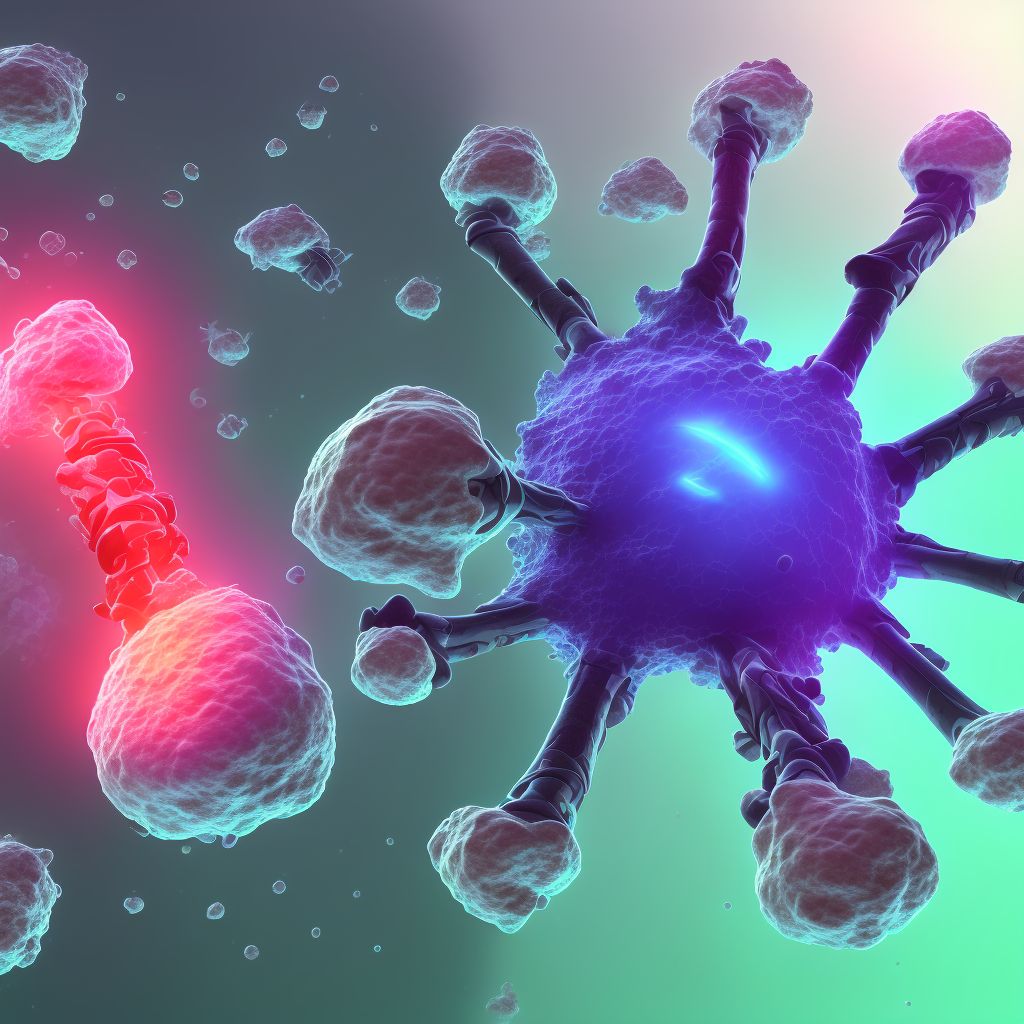
Nondisplaced fracture of medial condyle of unspecified tibia, subsequent encounter for closed fracture with routine healing Save
ICD-10 code: S82.136D
Disease category: S82.136: Nondisplaced fracture of medial condyle of unspecified tibia
Nondisplaced Fracture of Medial Condyle of Unspecified Tibia: Understanding the Subsequent Encounter for Closed Fracture with Routine Healing
A nondisplaced fracture of the medial condyle of the unspecified tibia is a specific type of fracture that occurs near the knee joint. In this article, we will explore the subsequent encounter for a closed fracture with routine healing, focusing on the condition itself rather than its treatment.
When someone experiences a nondisplaced fracture of the medial condyle of the unspecified tibia, it means that a small crack or break has occurred in the bone, but the pieces remain in alignment. This type of fracture is often a result of direct trauma to the knee, such as a fall or a sports injury.
During a subsequent encounter for closed fracture with routine healing, medical professionals will primarily focus on monitoring the progress of the healing process. They will assess the patient's condition to ensure that the bone is healing properly and that there are no complications arising from the fracture.
It is important to note that while this type of fracture may not require immediate surgical intervention, it still necessitates proper care and attention. Patients will likely be advised to limit weight-bearing activities and may be provided with assistive devices like crutches or a knee immobilizer to aid in the healing process.
Throughout the subsequent encounter, patients may undergo a series of diagnostic tests, such as X-rays or magnetic resonance imaging (MRI), to assess the healing progression. These tests enable medical professionals to evaluate the alignment of the bone fragments and determine if any further intervention is required.
- Regular follow-up appointments are crucial during the subsequent encounter to ensure that the fracture is healing as expected.
- Patients may be advised to engage in physical therapy to regain strength and mobility in the knee joint.
- Monitoring for any signs of complications, such as infection or delayed healing, is an essential aspect of the subsequent encounter.
- Medical professionals may recommend dietary and lifestyle modifications to support optimal bone healing and overall health.
In conclusion, a subsequent encounter for a closed fracture with routine healing of a nondisplaced fracture of the medial condyle of the unspecified tibia involves ongoing monitoring to ensure proper healing and to address any potential complications. By following the guidance of healthcare professionals and adhering to the recommended treatment plan, patients can expect a successful recovery and a return to normal activities in due course.
Treatment of Nondisplaced fracture of medial condyle of unspecified tibia, subsequent encounter for closed fracture with routine healing:
Treatment Options for Nondisplaced Fracture of Medial Condyle of Unspecified Tibia
A nondisplaced fracture of the medial condyle of the unspecified tibia refers to a type of fracture where the bone is cracked or broken but remains in its proper position. It is essential to seek appropriate medical treatment for this condition to ensure proper healing and prevent complications.
...To see full information about treatment please Sign up or Log in